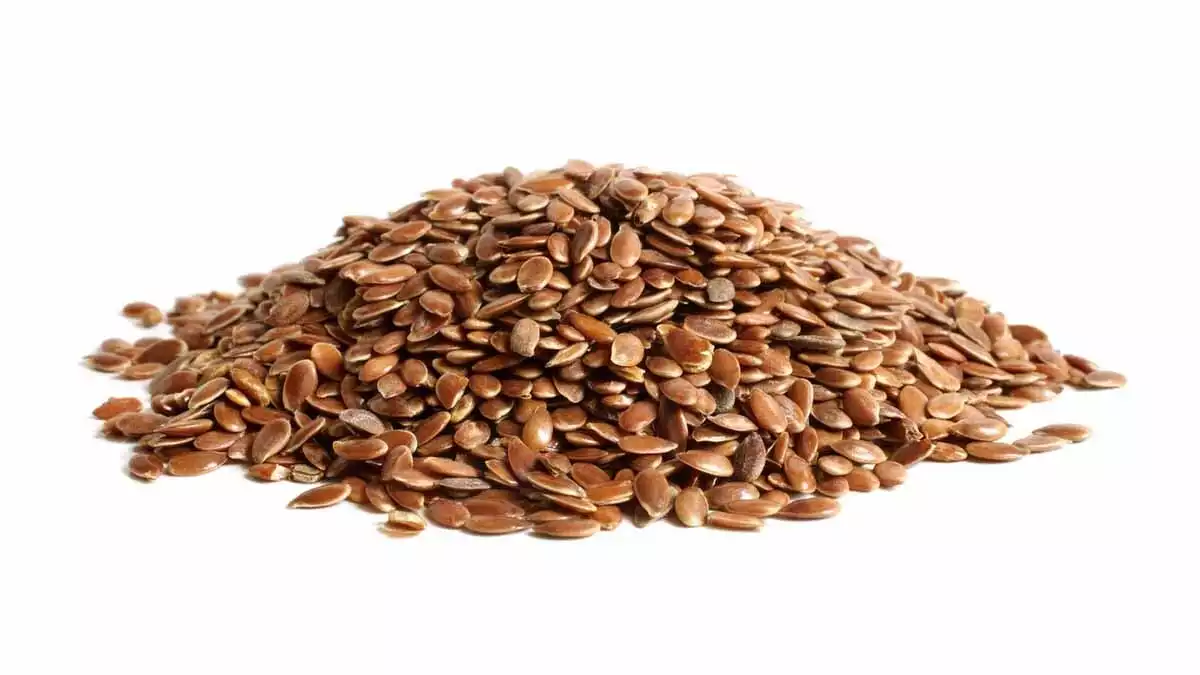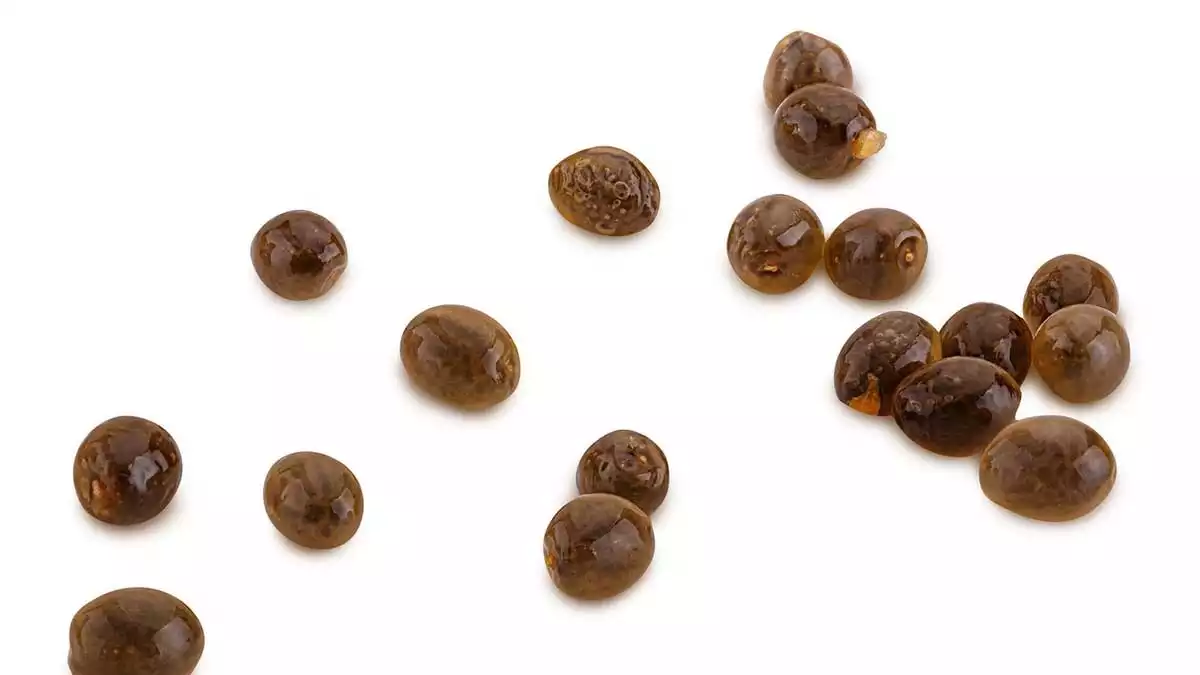
Seeds are the most important part of a plant, whether they are edible or not -such as chia, flax, sunflower or pumpkin seeds, among others.
Continue reading this article to find out what seeds are, their main parts and what the most common types of seeds are. We will also mention what germination is and how to germinate seeds easily.
What are seeds? Properties and function
A seed is a mature ovule typical of gymnosperms and angiosperms plants -commonly called flowering and non-flowering plants- from which a new plant grows.
With seeds, all plants, considered spermatophytes, are spread and propagated. Inside the seed, there is the embryo from which the new plant will come out if all the right conditions are met.
The function of seeds is to achieve plant germination and make sure it comes out correctly.
Until the seed does not find the right conditions and place, as well as the perfect moment, it does not start activating its germination. However, each plant species does it in different ways depending on the seed.
Parts of a seed
The seed consists of 3 main parts: the embryo, the endosperm, and the episperm. The embryo is the plant contained in the seed in a lethargic state and formed by the radicle, the plumule, the hypocotyl, and the cotyledon.
The endosperm or albumen is the reserve of food of the seed, which is usually starch.
Finally, the episperm refers to an outer layer. In gymnosperms there is only one layer called "testa"; in angiosperms, on the other hand, the episperm has 2 layers (testa and tegmen).
What is germination?
Seed germination is the process in which the plant starts to grow, and the dispersion begins.
As mentioned previously, this process doesn't take place until the conditions are not the right ones to ensuring the survival of the plant.
This is why the seed can remain in a resting state until germination begins. The determining factors for germination are temperature and humidity. Light, on the other hand, would not be a determining factor in this process.
During germination, the seed begins to come out of the radicle and then enters the soil and begins to develop, becoming the roots of the future plant.
Then the cotyledons open and the hypocotyl, the future stem of the plant, begins to develop underneath. Then these cotyledons wither little by little, and new leaves sprout from the stem.
In the following video, you can see the process of sunflower seeds germination and growth (in time-lapse).
How to germinate seeds
There are different ways to germinate seeds. However, independently of the way they are germinated, it is important to choose ecologic seeds that can be found in seed networks, online shops, from gardeners or from the fruit that you eat.
A straightforward and effective way is to wet the seeds with lukewarm water for 24 hours.
The seeds are placed in an opaque container, which in turn should be placed in a dark place with a constant temperature of 20 to 22ºC. Once the time has gone by, the seeds are drained and sowed in a seedbed or its final place of cultivation.
Depending on the type of seed, it can take between 2 and 15 days to germinate completely.
15 types of seeds
There are different types of seeds that can be distinguished or categorized depending on many characteristics, such as whether they are edible or not.
In general, these are foods rich in healthy fats, fibre, vegetable proteins, and other essential nutrients. Here are some of the most common types.
1. Chia seeds
Chia seeds are very popular in the world of cooking and nutrition. Its thickening properties make it an alternative to products such as sugar and refined flour, among others.
The benefits of chia seeds are: they are rich in fibre, as well as in vegetable proteins.
2. Flax seeds
Flax seeds or linseeds are a type of edible seeds that are popularly used.
Like chia, flax is used as a natural gelling in different products. They are a rich source of lignans, which are components with an antioxidant function and with cardioprotector effects.
3. Sunflower seeds
Sunflower seeds are a very healthy option as a snack, as they are rich in vegetable proteins and essential fatty acids.
They also have other minerals and nutrients such as magnesium, potassium or vitamins E and those in the vitamin B complex.
Learn more about these seeds: Sunflower Seeds: Benefits, Nutrition Facts And How To Eat Them
4. Pumpkin seeds
Pumpkin seeds represent an ideal vegetable option for vegan or vegetarian diets because they are one of the types of seeds with the highest amount of vegetable proteins in them.
They have antioxidants and anti-cancer benefits and properties. They are also a healthy snack that can replace other industrial options.
5. Moringa seeds
Moringa seeds are edible, as well as its roots. They are a good source of essential vitamins and minerals for the body.
6. Sesame seeds
Sesame seeds are very common, and they are usually in bread and bread rolls. They are rich in calcium and proteins, among other nutrients.
They also have antioxidant properties, due to the phenols in them.
7. Poppy seeds
Poppy seeds are tiny and black. They are usually added on bakery products, as well as used in healthy breakfasts or afternoon snacks.
They are one of the types of seeds with most calcium that exist. They are also rich in essential fatty acids, proteins, and fibre.
8. Fennel seeds
Fennel seeds have a high calcium content, and they are a source of iron, fibre, potassium, and magnesium. They are edible and can be included as condiments in different dishes or can also be added to bread.
9. Papaya seeds
These type of seeds are entirely edible, and they can be eaten whole, ground or with some water. They are said to have beneficial properties to prevent kidney failure or heartburn, among others.

- Learn more about this fruit: Papaya: How To Eat It And Benefits
10. Hemp seeds
They are usually eaten whole, and they are included in recipes such as yoghurts or milkshakes. They are rich in fibre, phosphorus, potassium and vitamins A, E, and C.
11. Fenugreek seeds
The fenugreek is considered a medicinal plant. Its seeds are an important source of minerals such as iron or calcium, as well as vitamins A, C and some in the B complex.
12. Cilantro or coriander seeds
Although the parts of the cilantro that are usually used are the leaves or the stem, its seeds can also be used as a preservative, especially in Arabian and Asian gastronomy in condiments like curry.
Ground coriander seeds are very aromatic, and they are used in coffees or hot chocolates.
13. Apple seeds
Apple seeds have positive and healthy properties for our organism.
Curiously, they also have a type of vitamin called amygdalin or B17 which when crushed or chewed becomes hydrogen cyanide. In high amounts -20kg more or less- this compound can be poisonous.
14. Marijuana seeds
Marijuana seeds are usually prescribed for medicinal use due to their analgesic and anti-inflammatory effects.
There are different types available, and the way of taking them should be indicated by a professional.
15. Mustard seeds
Mustard seeds are well-known as a condiment with unique aromatic properties.
They also have other uses besides the cooking ones. They have medicinal properties against constipation due to their laxative capacity, for example.
- Original article in viviendolasalud.com: Semillas: 15 tipos comunes, propiedades y en qué consiste la germinación
References
Bozan, B., & Temelli, F. (2008). Chemical composition and oxidative stability of flax, safflower and poppy seed and seed oils. Bioresource Technology, 99(14): 6354–6359. https://doi.org/10.1016/j.biortech.2007.12.009
Shahidi, F., Liyana-Pathirana, C. M., & Wall, D. S. (2006). Antioxidant activity of white and black sesame seeds and their hull fractions. Food Chemistry, 99(3): 478–483. https://doi.org/10.1016/j.foodchem.2005.08.009
Slavin, J. (2004). Whole grains and human health. Nutrition Research Reviews, 17(1): 99–110. https://doi.org/10.1079/NRR200374
Taga, M. S., Miller, E. E., & Pratt, D. E. (1984). Chia seeds as a source of natural lipid antioxidants. Journal of the American Oil Chemists’ Society, 61(5): 928–931. https://doi.org/10.1007/BF02542169
